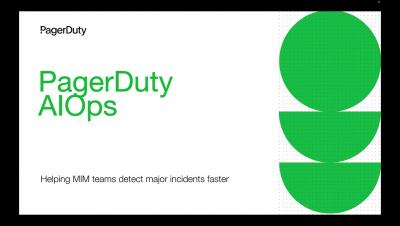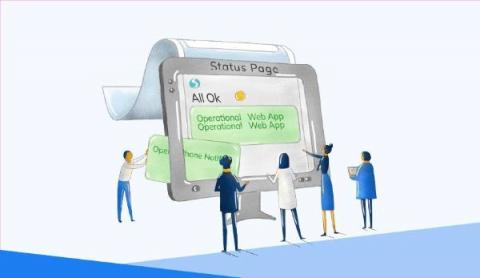Operations | Monitoring | ITSM | DevOps | Cloud
Incident Management
The latest News and Information on Incident Management, On-Call, Incident Response and related technologies.
How to Maximize Time Savings and Reduce Toil During Incident Response
Incidents are a costly burden on businesses. Despite assembling the right people and teams, the manual work, tool setup and prolonged tasks can negatively impact customer experience. The need for adaptable processes to address diverse incident types further complicates the situation. This is where the PagerDuty Operations Cloud steps in. It streamlines and automates all the various manual steps in the incident response process.
Kubernetes Monitoring Best Practices
Kubernetes can be installed using different tools, whether open-source, third-party vendor, or in a public cloud. In most cases, default installations have limited monitoring capabilities. Therefore, once a Kubernetes cluster is running, administrators must implement monitoring solutions to meet their requirements. Typical use cases for Kubernetes monitoring include: Effective Kubernetes monitoring requires a mix of tools, strategy, and technical expertise. To help you get it right, this article will explore seven essential Kubernetes monitoring best practices in detail.
The Medium is the Message: How to Master the Most Essential Incident Communication Channels
We’ve all seen it: a company experiencing a major incident and going radio silent, leaving their customers to wonder “Are they doing something about this?!”. If you’ve ever been on the inside of something like this, you know the answer is most likely yes, there are people working hard to put out the fire as quickly as possible. But when it comes to incidents, perception is reality for customers.
PagerDuty AIOps for NOCs
PagerDuty AIOps for Service Owning Teams
PagerDuty AIOps for Major Incident Management Teams
Failure Fridays at PagerDuty
The DevSecOps Toolchain: Vulnerability Scanning, Security as Code, DAST & More
DevSecOps is a philosophy that integrates security practices within the DevOps process. DevSecOps involves creating a ‘security as code’ culture with ongoing, flexible collaboration between release engineers and security teams. The main aim of DevSecOps is to make everyone accountable for security in the process of delivering high-quality, secure applications. This culture promotes shorter, more controlled iterations, making it easier to spot code defects and tackle security issues.











